Discover the truth behind kala namak—its surprising benefits, potential downsides, and how it fits into a balanced diet.
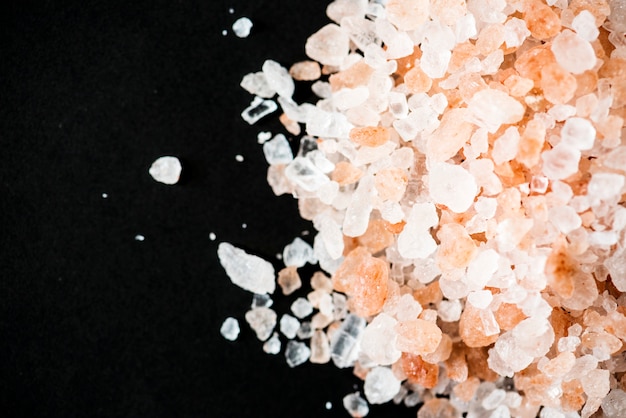
Also known as kala namak or Himalayan black salt, this volcanic rock salt is commonly used in South Asian cuisine. Despite its name, it ranges from dark pink to purplish-gray in color and has a distinctive sulfurous aroma that enhances dishes like chaats, chutneys, and vegan egg substitutes.
Black salt contains less sodium than regular table salt and is rich in trace minerals such as iron, sulfur, magnesium, and potassium. These elements contribute not only to its color and smell but also to its purported health benefits.
Black salt is traditionally used to relieve bloating, gas, and constipation. Its mild laxative properties and ability to stimulate digestive enzymes make it a popular remedy in Ayurvedic practices.
Due to its lower sodium content and higher potassium levels, black salt may be a better option for those monitoring blood pressure—though moderation is still key.
Rich in iron and sulfur, black salt is believed to strengthen hair follicles, reduce dandruff, and improve scalp health. Some natural skincare regimens also use it for exfoliation and detoxification.
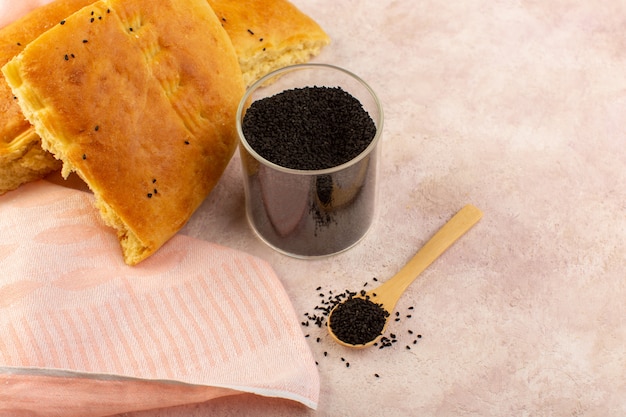
In Indian culture, black salt is often added to summer drinks like lemonade and buttermilk. It helps replenish electrolytes lost through sweat and improves hydration during hot weather.
While black salt has benefits, it’s not a cure-all. Overconsumption can still contribute to high sodium intake, which is linked to hypertension and heart disease. People with kidney issues or those on sodium-restricted diets should consult a healthcare provider before making it a staple.
Additionally, the sulfur content, while beneficial in small amounts, may cause gastrointestinal discomfort in sensitive individuals.
Compared to refined table salt, black salt undergoes less processing and retains more trace minerals. However, both should be consumed in moderation. The American Heart Association recommends no more than 2,300 mg of sodium per day, ideally moving toward an ideal limit of 1,500 mg.
Black salt can be a flavorful and potentially healthier alternative to regular salt when used wisely. Its mineral richness and digestive benefits make it a valuable addition to many diets—especially in warm climates or plant-based lifestyles. However, like all salts, it should be consumed in moderation as part of a balanced diet.
Always prioritize whole foods and consult a nutrition professional if you have specific health concerns related to sodium intake.

Health

Health

Health

Health
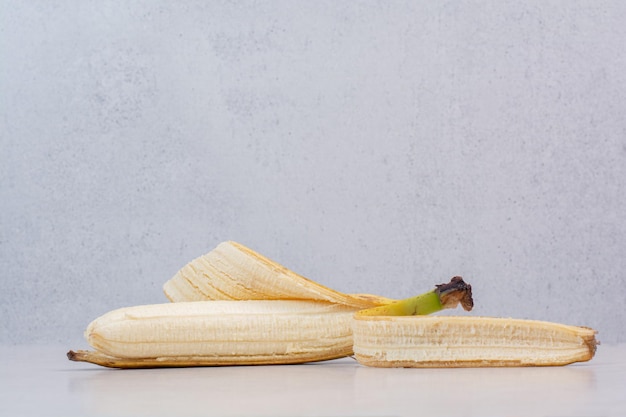
Health

Health

Health
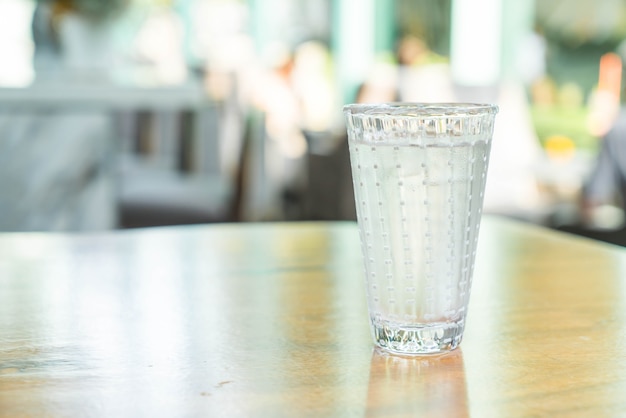
Health

Health
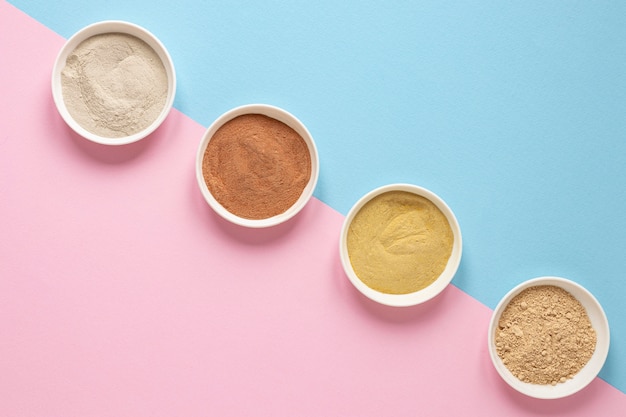
Wellness

Wellness

Health

Health

Fitness

Health

Health